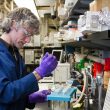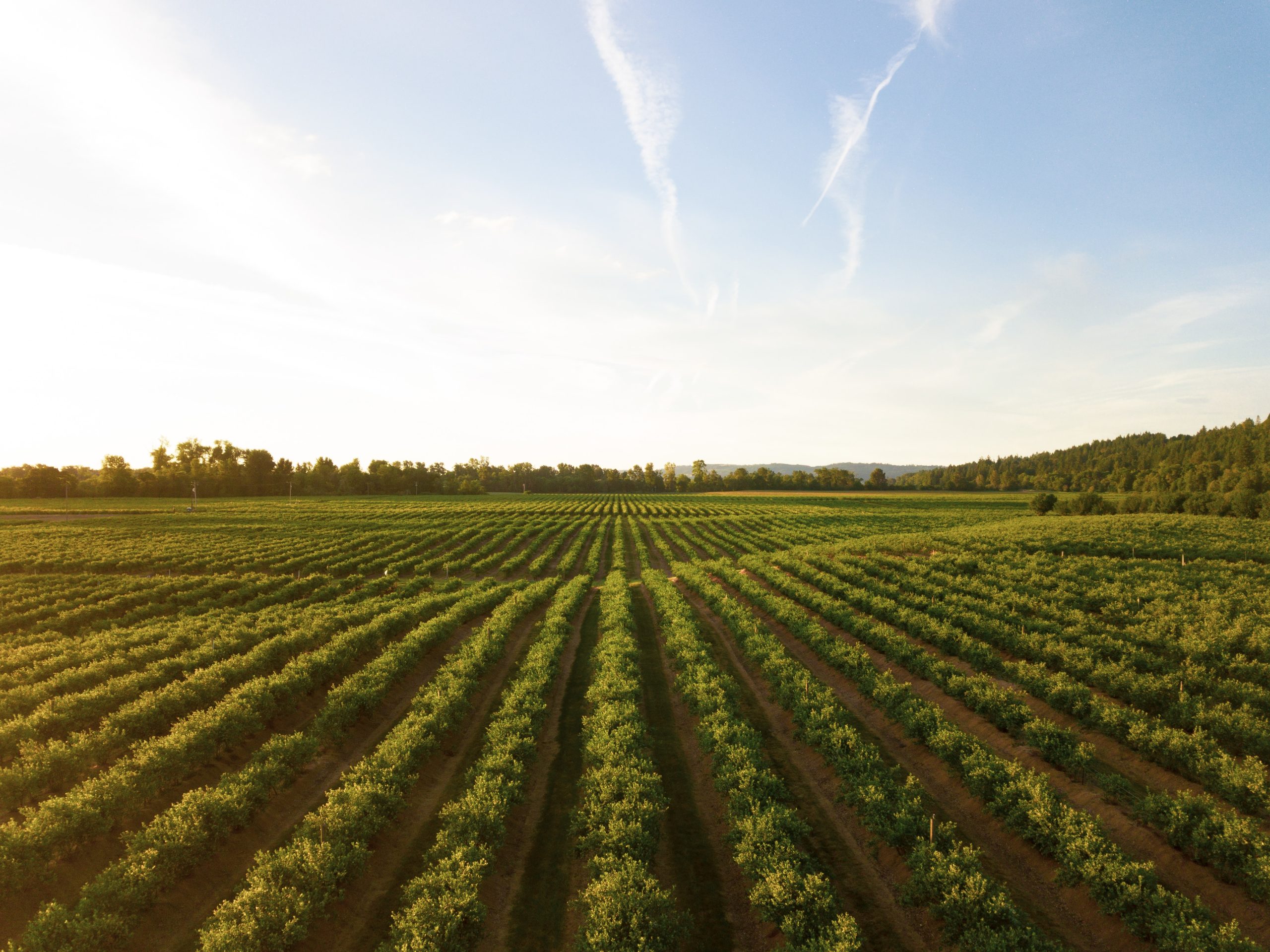Precision agriculture is revolutionizing the way we grow crops and manage our farmlands. By using advanced technologies such as GPS, GIS, and yield mapping tools, farmers can now optimize their yields, minimize waste, and reduce costs like never before. If you’re curious about how precision agriculture techniques can help you maximize your farm’s productivity while minimizing its environmental impact, then keep reading! In this blog post, we’ll explore the benefits of precision agriculture and discuss some of the most effective techniques for improving your crop yields with greater efficiency. Let’s dive in!
Defining precision agriculture
Precision agriculture is a farming technique that involves using advanced technologies to optimize crop production and reduce waste. At its core, precision agriculture relies on data-driven decision-making to maximize yields and minimize environmental impact.
One of the key components of precision agriculture is yield mapping. Yield mapping uses GPS technology to track crop performance in real-time, allowing farmers to identify areas where crops are thriving and areas where they need improvement.
Variable rate technology (VRT) is another important aspect of precision agriculture. VRT enables farmers to adjust their use of fertilizers, pesticides, and other inputs based on specific soil characteristics or crop needs. By customizing input rates at a subfield level, farmers can improve yields while reducing costs.
Soil sampling is also critical for precise agricultural management. By analyzing soil samples from different parts of a field, farmers can gain insights into nutrient levels, pH balance, organic matter content and other factors that affect plant growth.
In summary, precision agriculture leverages cutting-edge technologies such as GPS tracking and GIS analysis tools along with comprehensive data management systems to enable farms worldwide increase efficiency by improving productivity while minimizing negative environmental impacts.
The benefits of precision agriculture
Precision agriculture is a modern farming approach that utilizes technology to optimize crop production while minimizing waste. The benefits of precision agriculture are numerous and can positively impact both the environment and farm profitability.
Firstly, precision agriculture allows farmers to reduce their use of pesticides and fertilizers by applying them only where needed. This targeted approach reduces unnecessary chemical usage, which in turn decreases harmful runoff into nearby water sources.
Secondly, yield mapping through precision agriculture enables farmers to identify areas of their fields that have higher or lower yields than expected. By understanding these differences, farmers can adjust planting densities, soil fertility levels, and irrigation rates accordingly.
Variable rate technology (VRT) is another component of precision agriculture that results in significant cost savings for farmers. By using VRT on machinery such as sprayers or seeders, farmers can apply inputs at varying rates across the field based on soil analysis data gathered through GPS sensors.
Moreover, implementing a comprehensive system for soil sampling will help increase productivity by providing accurate insights about nutrient levels within each field area. These detailed assessments allow producers to tailor fertilizer applications according to specific needs rather than broad-brush approaches taken traditionally.
The benefits of precision agriculture range from environmental sustainability practices all the way up to increased financial returns for agricultural businesses with its cutting-edge technologies designed for optimization & efficiency purposes.
Yield mapping
Yield mapping is the process of measuring and recording harvest data to create a map that shows yield variability across a field. This information can be used to identify areas where crops are thriving or struggling, allowing farmers to make more informed decisions about planting, fertilizing, and harvesting.
With the help of modern technology such as GPS-enabled combines and yield monitors, farmers can accurately track how much grain is being harvested from different parts of their fields. This data is then compiled into maps that show which areas are producing high yields and which ones need improvement.
Yield maps can provide valuable insights into soil health, moisture levels, and other factors that affect crop growth. By analyzing these maps alongside other data sources such as weather patterns and soil tests, farmers can tailor their management practices to optimize yields in every part of their fields.
One potential drawback of yield mapping is that it requires expensive equipment and software. However, many companies offer rental options or financing plans to help farmers access this technology without breaking the bank.
Yield mapping offers an effective way for farmers to maximize efficiency by identifying areas where improvements can be made in order to increase crop yields.
Variable rate technology
Variable rate technology (VRT) is one of the precision agriculture techniques that can help farmers maximize yield and efficiency. With VRT, farmers can manage their fields in a more targeted way by applying inputs such as fertilizers, pesticides, and water at varying rates based on specific areas of their fields.
This technique uses sensors and GPS to create maps of the field that show variations in soil fertility, moisture levels, and other factors. These maps are then used to determine optimal application rates for different areas of the field.
Implementing VRT requires specialized equipment such as variable-rate sprayers or planters that can automatically adjust application rates based on the mapped data. This ensures that inputs are applied precisely where they are needed while reducing waste and overall costs.
By using VRT, farmers can achieve better crop performance with fewer resources spent. And because it allows for better use of inputs tailored specifically to each area’s requirements, there is less chance of over-application leading to environmental harm.
Variable Rate Technology is an excellent tool for those looking to optimize yields while minimizing waste – making it a valuable addition to any farming operation looking into adopting Precision Agriculture techniques.
Soil sampling
Soil sampling is a crucial part of precision agriculture. By taking soil samples and analyzing them, farmers can gain insights on the nutrient levels in their fields, allowing them to make informed decisions about fertilizer application.
To take accurate soil samples, it’s essential to use proper equipment and techniques. Soil cores should be collected at consistent depths across the field, ensuring that the results are representative of the entire area.
Once samples have been collected, they need to be analyzed in a lab for nutrient content. This information can then be used to create customized fertilizer prescriptions for each area of the field based on its specific needs.
By using precision agriculture techniques like soil sampling, farmers can increase crop yields while reducing waste and environmental impact. It allows for targeted application of inputs where they’re needed most, resulting in more efficient use of resources and improved profitability.
Investing in precision agriculture technologies like soil sampling can have significant benefits for both farmers and the environment.
Using GPS and GIS in precision agriculture
Using GPS and GIS technology in precision agriculture has revolutionized the way farmers approach their crops. GPS, or Global Positioning System, allows for accurate mapping of fields and tracking of equipment movements. This means that farmers can precisely apply inputs like fertilizer, seed, and chemicals to specific areas in a field based on data collected through soil sampling.
GIS technology takes this a step further by providing spatial analysis tools that enable farmers to make informed decisions about how best to use their resources. By layering data from various sources such as weather patterns, yield history, and topography onto a map of the farm, farmers can identify trends and patterns that would be difficult to spot otherwise.
These tools are not only useful during planting season but also throughout the growing season. Farmers can track crop growth rates using remote sensing technologies like drones equipped with multispectral cameras or satellites. This allows them to adjust irrigation schedules or detect nutrient deficiencies before they become more significant issues.
The integration of these technologies requires investment in both hardware and software systems but has proven its worth many times over for those who have adopted it successfully into their farming operations.
Implementing a precision agriculture system
Implementing a precision agriculture system can be a daunting task, but it is also an exciting opportunity to maximize yield and efficiency on your farm. The first step is to evaluate your current equipment and determine which components need to be upgraded or replaced in order to implement the new technology.
Once you have identified what needs upgrading, it’s time to research different precision agriculture systems available on the market. Take into consideration factors such as cost, compatibility with your equipment, and ease of use.
It’s important to get hands-on experience with any potential system before making a purchase. Attend demonstrations or workshops hosted by manufacturers or distributors so that you can test out the product for yourself before committing.
After selecting a system that works best for your farm, hire professionals who are experienced in installation and troubleshooting of these systems. This will ensure proper installation and maintenance moving forward.
Train yourself and/or employees on how to effectively utilize the new technology through tutorials or training sessions provided by the manufacturer or distributor. With dedication and patience throughout this process, implementing precision agriculture techniques will ultimately result in maximizing yield while minimizing input costs.
Troubleshooting and common mistakes
Precision agriculture is a game-changer for farmers looking to maximize their yields and efficiency. The technology used in precision agriculture has brought about significant changes, making it easier to monitor crop growth, detect problems early on, and take corrective measures. However, despite the many benefits of precision farming techniques, there are still some common mistakes that you should avoid.
One of the most common errors made in implementing precision agriculture systems is over-reliance on technology. While advanced tools like GPS and GIS can significantly improve farm management practices, they are not infallible. It’s crucial to use these technologies alongside human expertise when interpreting data.
Another mistake is failing to calibrate equipment regularly or getting inaccurate results from sensors due to incorrect installation or maintenance issues. This can lead to incorrect prescriptions being implemented without realizing it until harvest time.
In summary, Precision Agriculture offers a wealth of benefits- increased yields efficiency through soil sampling variable rate application yield mapping – but only if we approach it with diligence and care towards calibration and maintenance of our farming tools! With proper implementation along with troubleshooting measures against potential pitfalls involved (such as misinterpretation), we stand a chance at achieving true success that translates into better profits for all stakeholders involved!










